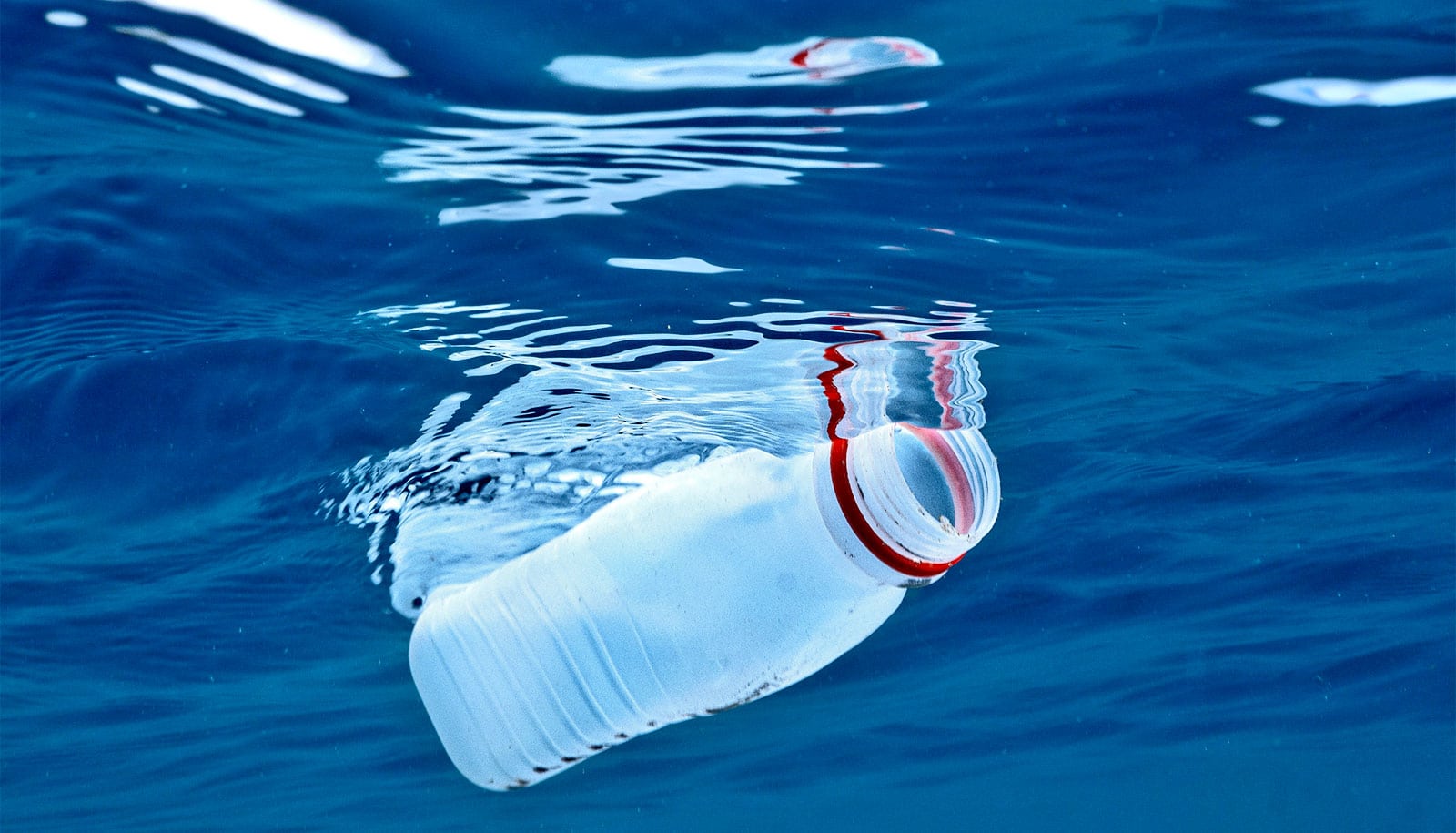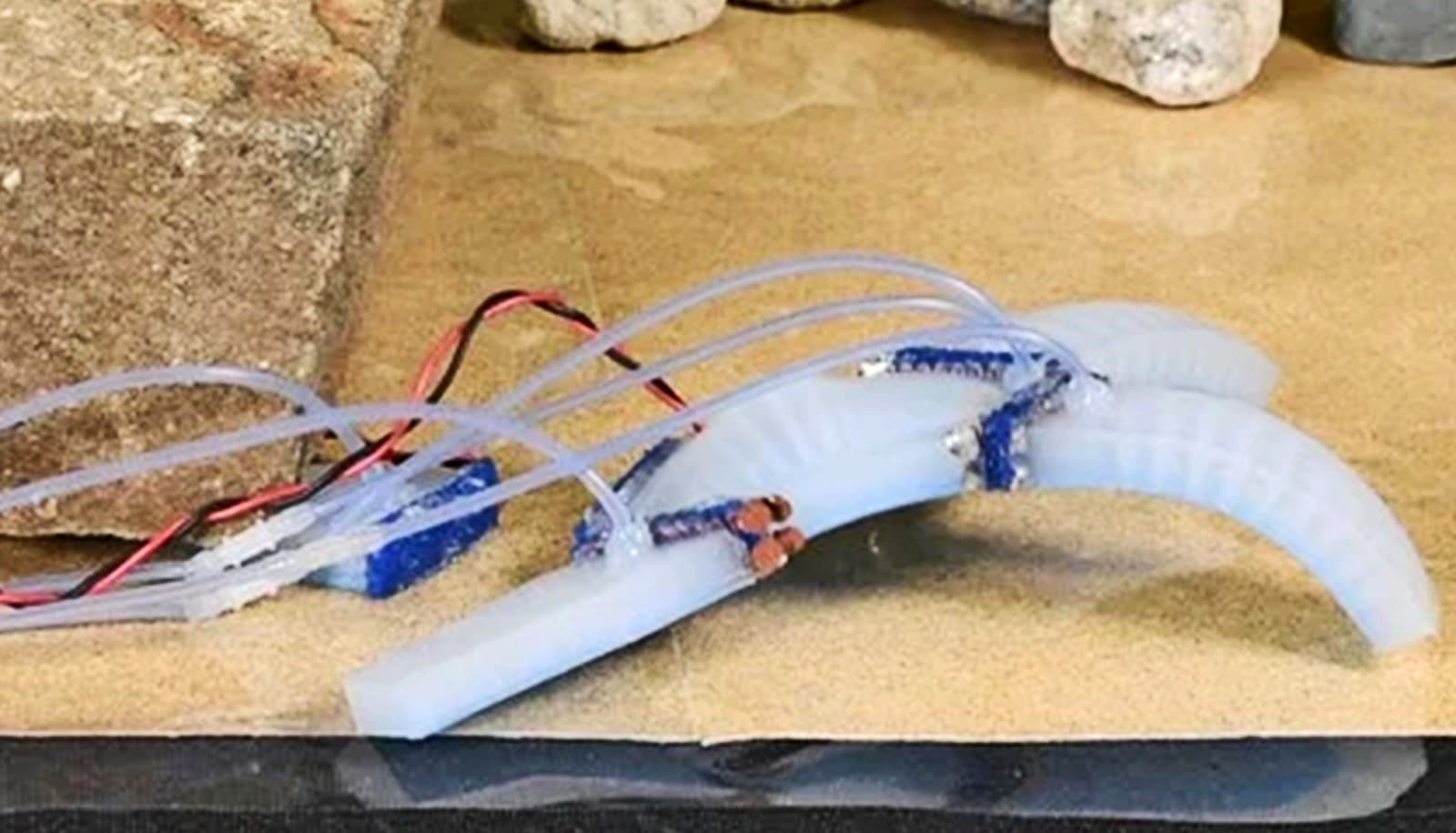Scientists have created a material that functions similarly to naturally occurring enzymes and could have a wide variety of potential applications from cleaning products to disposal of chemical weapons.
“Without exaggeration, enzymes are probably the most important class of molecules that underpin life,” says chemical engineer Mitchell Nothling of the University of Melbourne.
“They’re nature’s catalysts—they speed up the reactions that make life possible.”
These powerful proteins rule much of life’s processes—everything from the conversion of sunlight into energy in plants, to our immune systems.
As reported in the journal Chem, a team has manufactured enzymes mimics that can solve all sorts of problems—from the everyday ones, like boosting the efficiency of cold water laundry powders, to the complex and dangerous, such as neutralizing poison gas.
The power of enzymes
Enzymes are finely calibrated by nature to function within a narrow operating range, such as temperature, which makes it difficult to adapt them for industrial use.
“The issue with enzymes is their low stability,” says Nothling. “We wanted to develop new materials that perform like enzymes, speeding up industrially useful reactions, while being more robust, so they can be used in a wider range of environments.”
The research team modeled their enzyme mimic on the catalytic triad, a well-studied functional core of many digestive enzymes commonly used in detergents.
“We targeted the active site from the enzyme,” explains team leader Luke Connal, “as this is the actual component of the enzyme that controls the reactions we’re interested in. It’s the ‘mouth’ of the enzyme, the bit that chews up substances.”
They removed the “mouth” from the 3D structure of the enzyme and replicated it using a mix of readily available materials that can be used on an industrial scale.
“We use quite simple chemistry, mixing an amino acid and an epoxide at room temperature to replicate the active site in a straightforward way,” says Connal. “Then we used a spectrophotometer to measure how quickly it works.”
3D pictures show how enzymes create antibiotics
The team used a model structure in place of a stain to check the effectiveness of the enzyme mimic as a better performing cold water detergent.
“As the enzyme mimic goes to work, the model produces a characteristic yellow color, highlighting how well our new materials are working,” says Connal.
Just the beginning
Researchers were delighted with the efficiency of the enzyme mimic and have shared the results with Unilever, who helped fund the study, which means more efficient cold washes may now be just around the corner.
But these results are just the beginning for Connal and his team. The potential applications for enzyme mimics are vast.
The team are already working with the US Army on the early stages of a project to help safely neutralize and dispose of sarin gas—a nerve agent used in chemical warfare, most recently in the Syrian civil war.
“It’s very early days, but potentially enzyme mimics could be used to decontaminate large pieces of machinery, like tanks, after sarin exposure,” says Connal.
“They could also be used to help dispose of stockpiled chemical weapons safely—currently the only way to destroy them is by burning them.” Other potential applications include the development of antibacterial surfaces, and more efficient biodiesel.
How enzymes braved the cold a billion years ago
“Our job in the lab is to work on making the technology better, faster, and cheaper,” says Nothling.
“We’ll probably never be able to build an enzyme mimic that works as efficiently as those in nature,” he says. “But there’s lots of scope for what we can build—and what they can do.”
The research team included collaborators at the Australian National University and the University of California, Santa Barbara.
Source: University of Melbourne



